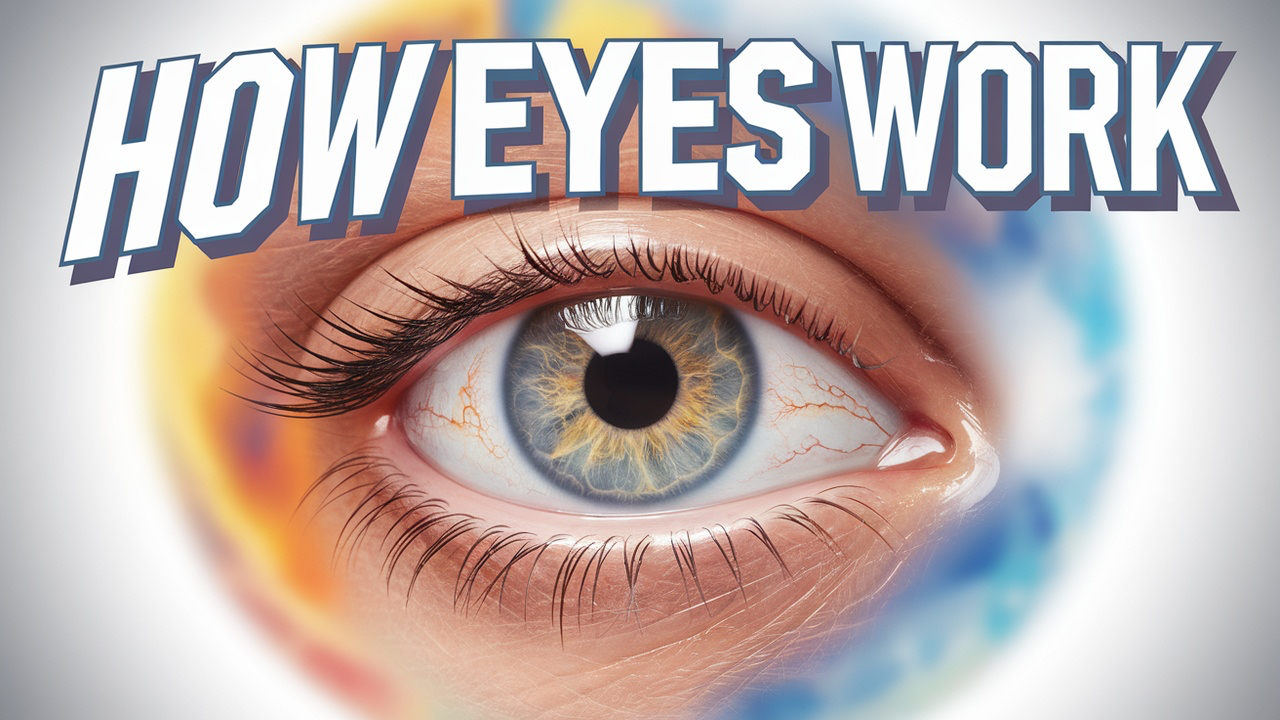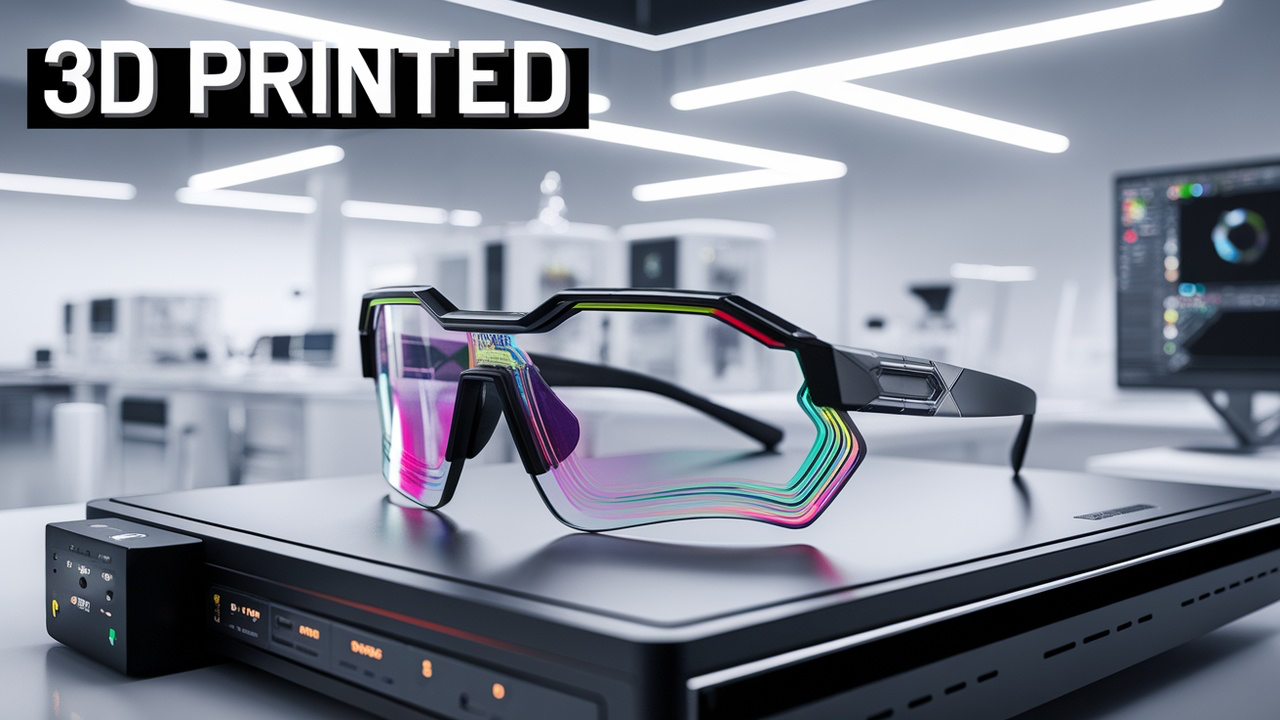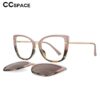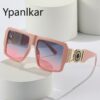Imagine a pair of glasses that adapts to your surroundings, changing from clear to dark in response to UV light. Transition lenses, also known as photochromic lenses, offer this convenient feature. They serve as both prescription glasses and sunglasses, eliminating the need to carry multiple pairs.
These lenses provide protection from harmful UV rays and blue light, reducing eye strain. They are a cost-effective option, as they combine the functionality of two pairs into one. However, their performance can vary based on factors like temperature and the intensity of UV light.
Transition lenses come in various materials and colors, such as gray, brown, and green. While they are more expensive than regular lenses, they offer durability and convenience. However, they may not darken as much inside a car due to UV-blocking windshields.
For many, transition lenses are a practical choice, offering protection and adaptability. But are they the right fit for you? Let’s explore their pros, cons, and whether they meet your eye care needs.
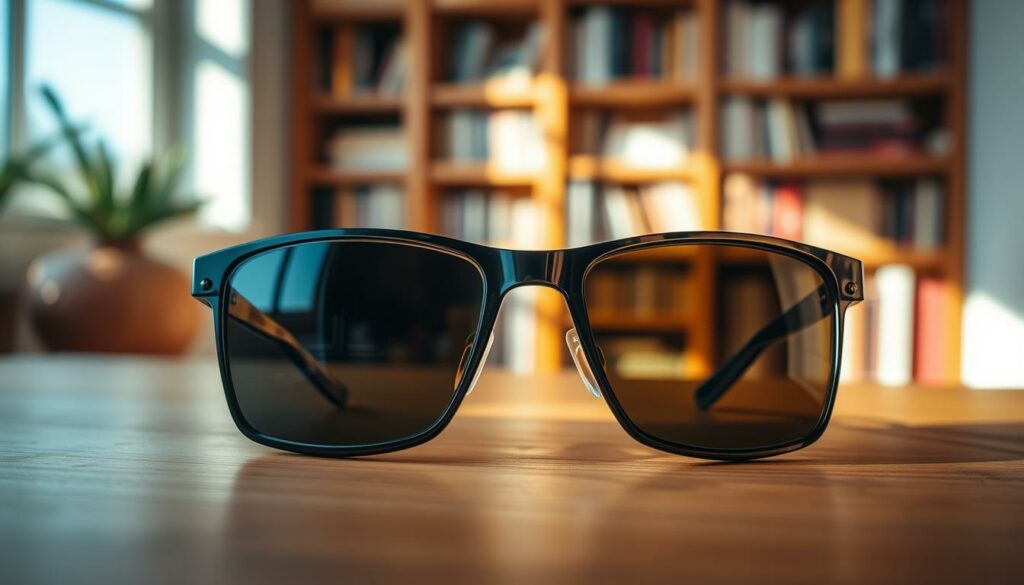
Overview of Transition Lenses
Discover how a single pair of glasses can adjust to different lighting conditions seamlessly. Transition lenses, also known as photochromic lenses, are designed to change their tint in response to UV light. This innovative technology allows them to shift from clear indoors to dark outdoors, providing constant protection and convenience.
What Are Transition Lenses?
Transition lenses are eyewear that automatically changes its tint based on the amount of UV light exposure. They combine the functionality of regular glasses and sunglasses, eliminating the need to switch between pairs. Available in various colors like gray, brown, and green, they offer a stylish and practical solution for everyday use.
How They Adapt to Changing Light Conditions
The lenses darken when exposed to UV rays, even on cloudy days, due to the penetration of UV light. Indoors, they remain clear as there’s minimal UV exposure. This adaptability makes them ideal for activities like driving, where changing light conditions can affect visibility. Additionally, they filter out harmful blue light from digital devices, reducing eye strain for those who spend a lot of time in front of screens.
| Feature | Details |
|---|---|
| Color Options | Gray, brown, green, and more |
| UV Protection | Blocks 100% of UVA and UVB rays |
| Blue Light Filtering | Reduces eye strain from screens |
| Adaptability | Works in various lighting conditions |
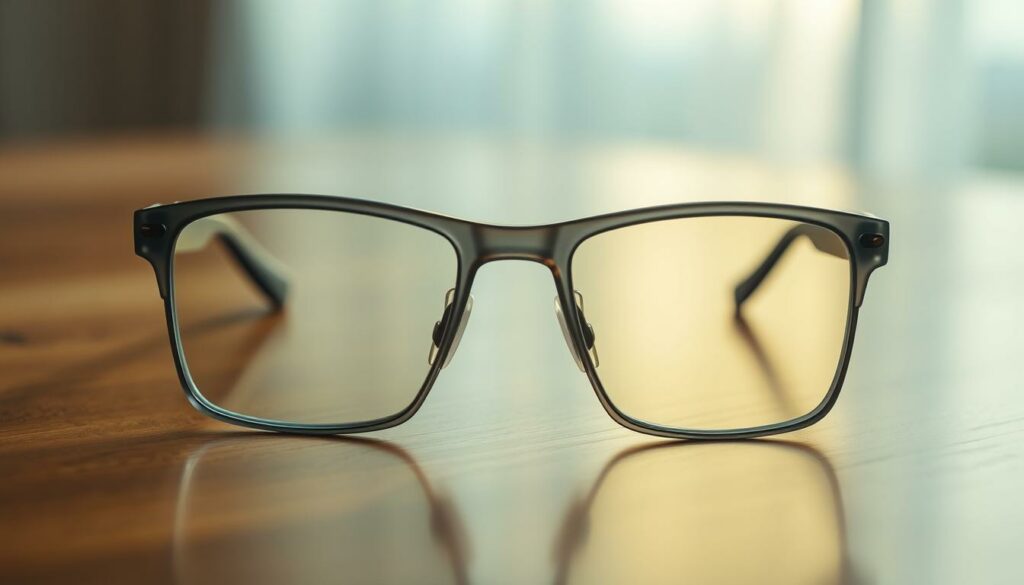
Advantages of Transition Lenses
Experience the ultimate convenience with glasses that adapt to every lighting condition. Transition lenses offer a practical solution for those seeking versatility in their eyewear.
Cost-Effectiveness and Convenience
These lenses eliminate the need for separate prescription glasses and sunglasses, saving you money in the long run. They are a smart investment for anyone looking to simplify their eyewear collection.
Enhanced Protection from UV and Blue Light
Transition lenses provide 100% UV protection and filter harmful blue light, reducing eye strain. This makes them ideal for people who spend a lot of time outdoors or in front of screens.
| Feature | Details |
|---|---|
| UV Protection | Blocks 100% of UVA and UVB rays |
| Blue Light Filtering | Reduces eye strain from digital devices |
| Adaptability | Works seamlessly indoors and outdoors |

These lenses are perfect for busy individuals, athletes, and children, offering protection and convenience without the hassle of switching frames.
Challenges and Considerations with Transition Lenses
While transition lenses offer convenience and protection, there are some factors to consider before making them your go-to eyewear. Understanding these challenges will help you decide if they suit your lifestyle and needs.
Performance Limitations in Cars and Cold Weather
One common issue with transition lenses is their reduced effectiveness in cars. Most windshields block UV rays, which means the lenses won’t darken as expected while driving. However, specialized options like Transitions XTRActive are designed to handle this scenario better.
Cold weather can also slow down the transition process. The chemical reaction that changes the lens tint is temperature-sensitive, so in colder conditions, it may take longer for the lenses to adjust.
Variability Between Brands and Transition Times
Performance varies significantly between brands and models. For instance, Transitions Signature GEN 8 lenses transition back to clear three minutes faster than others. Consulting with an eye doctor can help you find the best option for your needs.
Some users find the transition times frustrating, with some lenses taking up to five minutes to change. Additionally, strong indoor lighting can cause unintended darkening, which might be inconvenient.
| Challenge | Details |
|---|---|
| Cars | Windshields block UV rays, reducing lens darkening |
| Cold Weather | Slower transition due to temperature sensitivity |
| Brand Variability | Performance differences; GEN 8 transitions faster |
| Indoor Lighting | May darken under strong artificial light |
Considering these factors is crucial. Despite the challenges, many find the benefits of transition lenses outweigh the drawbacks. Weighing these aspects will help you make an informed decision.
Transition Lenses: Are They Worth It?
Deciding whether to invest in transition lenses depends on your lifestyle and vision needs. These lenses offer a convenient solution for those who want to reduce the need for multiple pairs of glasses, but they may not be the best choice for everyone.
Balancing Pros and Cons for Your Lifestyle
Transition lenses are ideal for people who frequently move between indoor and outdoor environments. They provide 100% UV protection and reduce eye strain from blue light, making them a great option for outdoor enthusiasts and individuals who spend a lot of time in front of screens.
However, they may not darken as much inside cars due to UV-blocking windshields. Additionally, their performance can vary depending on the brand and temperature, with some lenses taking longer to transition in colder weather.
Optimizing Your Prescription and Frame Options
Transition lenses can be customized to fit your specific prescription needs, including bifocal or multifocal options. They come in various frame styles, allowing you to maintain a fashionable look while enjoying the convenience of adaptive lenses.
Consulting with an eye doctor can help you determine if transition lenses are the right fit for you. They can provide personalized recommendations based on your lifestyle and vision requirements.
| Pros | Cons |
|---|---|
| Convenience of combined glasses and sunglasses | Reduced effectiveness in cars |
| 100% UV protection | Performance varies with temperature |
| Blue light filtering | Longer transition times in cold weather |
In conclusion, transition lenses can be a practical and stylish choice for many, offering protection and adaptability. Weighing the pros and cons will help you decide if they align with your lifestyle and vision needs.
Conclusion
Transition lenses offer a convenient and adaptive solution for everyday eyewear, blending the functionality of glasses and sunglasses. While they provide excellent UV protection and reduce eye strain, their performance can vary based on factors like temperature and lighting conditions.
The key advantages include cost-effectiveness and enhanced eye protection. Transition lenses are ideal for those who move frequently between indoor and outdoor settings, offering a practical solution that reduces the need for multiple pairs of glasses.
However, considerations such as slower adaptation in cold weather and limited darkening in cars due to UV-blocking windshields are important factors. Personal lifestyle, prescription needs, and frame options play a significant role in determining if transition lenses are the right choice.
Consulting with an eye doctor can help tailor your lens selection to meet your specific needs. Ultimately, transition lenses provide a blend of benefits and challenges, making them a stylish and practical option for many, but not necessarily for everyone.
Take the time to weigh the pros and cons, and consider further research or professional guidance to decide if transition lenses align with your lifestyle and vision requirements.
FAQ
How do transition lenses adapt to changing light conditions?
Transition lenses are designed to darken in bright light and return to a clear state in low light. This is achieved through photochromic technology, which reacts to UV rays from sunlight. The molecules in the lens change structure when exposed to light, providing tint and returning to their original form when light levels decrease.
What are the benefits of transition lenses for everyday use?
Transition lenses offer convenience and protection. They eliminate the need to switch between prescription glasses and sunglasses, providing UV protection and reducing glare. They also help in minimizing eye strain caused by changing light environments, making them ideal for both indoor and outdoor activities.
Are transition lenses suitable for driving?
Transition lenses can be a good option for driving as they reduce glare from sunlight. However, they may not darken as quickly as sunglasses in rapid changes in light conditions, such as when entering a tunnel. It’s important to test them in real driving scenarios to ensure they meet your needs.
Can transition lenses be used with prescription frames?
Yes, transition lenses can be made with your prescription. They are available in various frame styles and materials, allowing you to enjoy the benefits of photochromic technology while correcting your vision. Consult with an eye doctor or optician to find the best option for your prescription needs.
How long does it take for transition lenses to change from clear to tinted?
The activation time of transition lenses can vary depending on the brand and environmental conditions. Typically, they take a few seconds to a minute to darken in sunlight and a similar amount of time to return to clear indoors. Some brands may offer faster transition times, so it’s worth comparing different options.
Do transition lenses provide protection against blue light?
Yes, many transition lenses include blue light protection, which is beneficial for reducing eye strain caused by digital devices. This feature is especially useful for people who spend a lot of time in front of screens, such as computers or smartphones.
Can transition lenses be used in cold weather?
Transition lenses may perform slightly differently in cold weather, as the reaction time can be slower in lower temperatures. However, they still provide adequate UV protection and tinting, making them a practical choice year-round.
Are transition lenses more expensive than regular prescription glasses?
Transition lenses are generally more expensive than regular prescription glasses because of the advanced photochromic technology. However, they offer the convenience of having both glasses and sunglasses in one pair, which can save you money in the long run by reducing the need for separate eyewear.
How do I care for transition lenses to maintain their performance?
To care for transition lenses, avoid using harsh chemicals or abrasive materials that could scratch the surface. Use a microfiber cloth and mild soap for cleaning. Avoid leaving them in extreme temperatures, such as in a hot car, as this can affect the photochromic coating.
Can I customize transition lenses with different tints or coatings?
Yes, many brands offer customization options for transition lenses, including different tint colors and additional coatings such as anti-reflective or scratch-resistant layers. Discuss your preferences with your eye doctor or optician to find the best combination for your needs.
How long do transition lenses typically last?
The lifespan of transition lenses depends on usage and environmental factors. On average, they can last for several years, but the photochromic effect may gradually diminish over time. Regular care and proper handling can help extend their performance and longevity.



